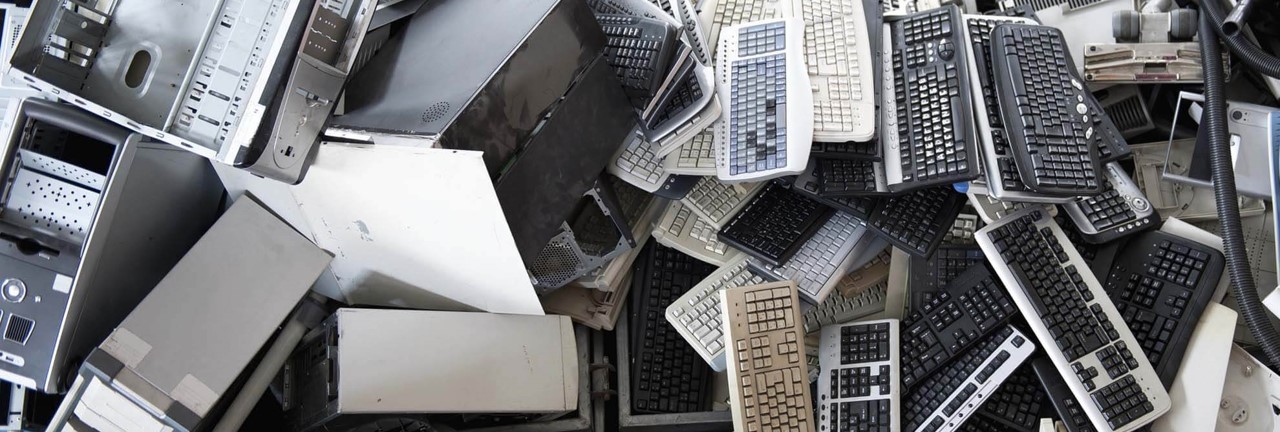Phones are great fun until you live near the Baogang Steel and Rare Earth complex and its smouldering lake of “toxic sludge”.
Rare-earth metals are the key ingredient in all the devices which connect us, but they come at a cost. Extraction and refinement processes often require a fantastic amount of energy and vast vats of nasty chemicals. The waste has to go somewhere, and there’s often little financial incentive for building complex recycling methods. Also, there’s only a finite amount of rare-earth metals to build tech with, and technological development is only increasing. We don’t want to be left unable to manufacture the devices which have been the central pillars of modern-day life.
However, and more pressingly, the excavation and processing of metals such as gold, tin and tungsten (which are all critical materials for phones) are often conducted in environments with frequent and documented human rights abuses (giving these metals the name “conflict minerals”). We need sustainable and ethical means of getting these metals into our devices.
So how do we currently go about recycling digital devices to recover their rare-earth metals? It seems like it wouldn’t be that complicated of a task. All the hard work of mining and purification and transport has already been done; all we have to do is carefully disassemble some electronics.
Unfortunately, this is difficult, and the problem’s only going to get worse.
See, computers aren’t as big as they were twenty years ago. They’re tiny. They fit in the palm of your hand. Even smaller ones are being embedded in everything from Oyster cards to human skin to spacecraft. As things get smaller, so does the quantity of rare-earth metals inside of them. They’re not so much a big block of metal ready to rip out but spread throughout the device atom by atom. Good luck solving that one with tweezers. Currently, some rare alloys can be recovered and repurposed, but it’s the exception to the rule.
Enter researchers for the University of Iowa. In their engineering labs, they’ve been working away on the problem (after all, rare-earth metals such as platinum and gold are incredibly pricey). As the metals used in devices aren’t always pure but rather alloys of several different elements, the process revolves around separating those combined materials.
The reason that this research is so exciting is that it uses much lower temperatures than pre-existing techniques. This means that scaling up the process to handle the vast amounts of electronic waste we produce every year will be a feasible proposition.
It’s not like there’s a shortage of ways to use this new method — approximately 18,000 tonnes of electronic waste have been created in the three hours it has taken me to write this article.
Technology has revolutionised modern life, but tricking rocks into thinking has caused deadly byproducts that disproportionately affect the world’s poorest countries.
The real change is needed in the assembly lines and manufacturing processes (and our consumption habits). While we’re sorting that out, we may as well start to dissolve the fifty-year backlog of e-waste. And make some scientists incredibly rich in the process.
Image: Zerowastescotland

